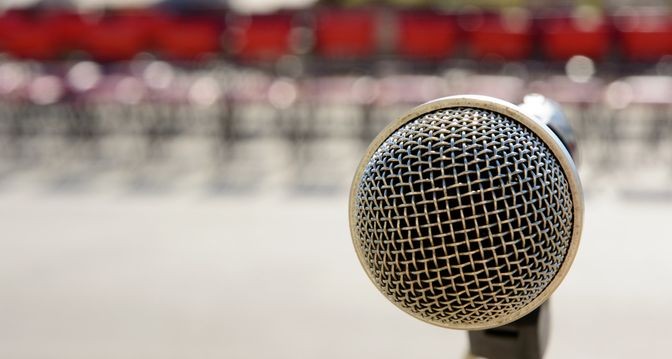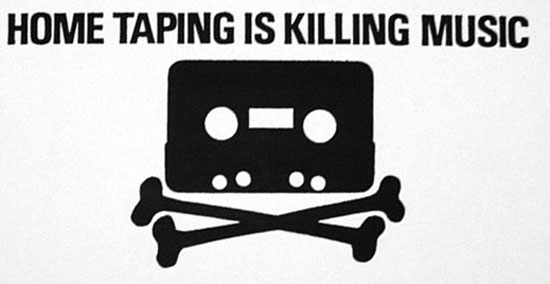OK.
 Reach is a measurement of who exists to be engaged with at any given time. How many people are on your Facebook page. Â How many Twitter followers do you have? Â It is quantitative and does not translate very well into a qualitative model.
Reach is a measurement of who exists to be engaged with at any given time. How many people are on your Facebook page. Â How many Twitter followers do you have? Â It is quantitative and does not translate very well into a qualitative model.
The reason it doesn’t is because reach and engagement are rarely if ever linked.
Engagement is a  measure of the bi-directional interactions between you and another party or set of parties.  It is a qualitative measurement, ideally based on a series of interactions over time specifically leading to a desired action.
 Having low reach and high engagement leads to high ROI. Â You are building transactional value among a subset of users who choose to interact with you, your engagements educate you about your audience and allow you to engage more usefully.
Having low reach and high engagement leads to high ROI. Â You are building transactional value among a subset of users who choose to interact with you, your engagements educate you about your audience and allow you to engage more usefully.
 Conversely, having high reach and low engagement leads to miniscule ROI. Â Your quantitative numbers may be high, but the quality (i.e. value) per user is low, and remains low. Â This means that you end up with a large number of apathetic respondents.
Conversely, having high reach and low engagement leads to miniscule ROI. Â Your quantitative numbers may be high, but the quality (i.e. value) per user is low, and remains low. Â This means that you end up with a large number of apathetic respondents.
Of course the ideal is high reach, high engagement.
How do you get there?
Well, the first step is separating reach and engagement in your strategy and day-to-day discussions.
The next step is to put “reach” on the other side of the equals sign, and focus all your efforts on engagement.
The funny thing is that it turns out that having highly engaged users actually will go out of their way to build your reach for you.
Quality before quantity.
Related articles
- Quantity vs. quality and how to measure them (ubervu.com)
- What we’re talking about when we say “Be Human” (jeremymeyers.com)






Emerson wrote, “A man’s reach should exceed his grasp.” Perhaps this aphorism needs to be revised for the 21st century, what?
[…] This post is cross-posted from jeremymeyers.com […]